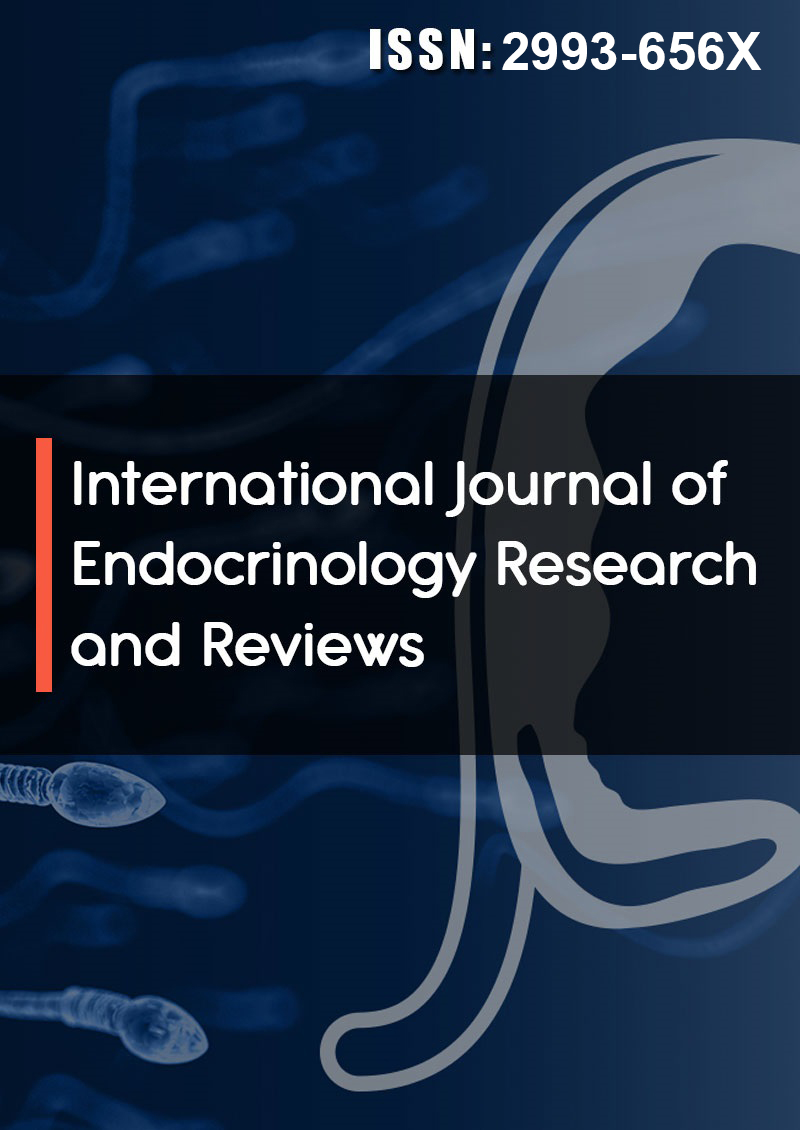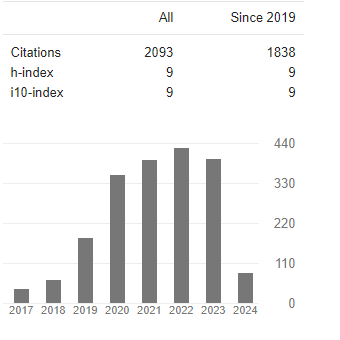Quality assessment of the YouTube source of information on parasomnias by age groups
Abstract
Vivian M. Correa
Purpose To evaluate YouTube videos as a source of information on the phenomenology of sleep-related movements and behav- iors, especially in parasomnias.
Methods Analyze the phenomenology of sleep-related behavior on YouTube by the keywords “sleepwalking”, “sleep talking”, and “REM sleep behavior disorder”. DISCERN quality assessment was evaluated by a 5-point scale system by two PhD reviewers. Person Chi-square was applied to find the statistically significant association between the estimated age (child, middle-aged, elderly) groups in the videos and the keywords.
Results and Discussion 170 videos were found from 2010 to 2022: 78.24% from individual experiences, 8.24% from TV news/ documentaries, 10.59% from journals, and 2.94 % from a professor's class. The highest proportion of videos posted on YouTube was sleep-talking complete sentences together with uttering meaningless words/sounds, laughing, or crying (65.52%, adults), followed by aggressive movements (punching, hitting, and kicking) (54.84%, middle-aged and elderly). DISCERN evaluation showed a poor score for the quality of the informa- tion source raising the importance of the improvement in this regard.
Conclusions Nowadays social media became an effortless way to access any information needed by patients. The DIS- CERN quality assessment of parasomnia data on YouTube videos found the need to share a better epidemiol- ogy description, and treatment options for online patient education.




